What you need to know about planting Japanese quince and caring for it?
Planting Japanese quince (Japanese henomeles) will bring many benefits in the garden. Its fruits in raw form are usually not consumed due to their acidity and hardness. But the dishes prepared from them (jams, preserves, compotes, marshmallows) are distinguished by a special taste and aroma. In addition, quince fruits are rich in vitamin C, they also contain many other vitamins and microelements.
Advice! When growing quince, do not forget: it is also known for its medicinal properties: it strengthens blood vessels, has an anti-sclerotic effect, relieves inflammation, treats colds, hypertension, and burns.
Special mention should be made of the beauty of quince bushes and trees during the flowering period. At one time, Japanese chaenomeles was grown in European countries only as an ornamental plant. It was used to decorate paths and alpine slides, planted separately in the middle of the lawn, and also used for bonsai and living fences.
What does a quince look like
The homeland of quince is Japan, China, Korea. These are small trees or shrubs. They are characterized by branches in the shape of an arc, glossy small leaves with carved edges, sharp thorns (in the bulk of the species, but not in all) and bright beautiful flowers. The flowers can be colored red, as well as orange, white and pink colors.
Chaenomeles blooms for about a month, magnificently and richly. It is a pleasure to admire her during this period. Growing quince will lead to the appearance of fruits only in the third year. They are similar in shape to a pear or apple. The fruits are colored green, yellow or orange. The seeds resemble apple seeds. The waxy skin keeps the fruit fresh for a long time.
Japanese quince planting rules
Planting Japanese quince requires certain conditions:
- Choosing the soil. Quince loves moist, loamy soils, rich in humus. However, it can thrive both on dense clayey and dry sandy soils. Chaenomeles is sensitive to acidity (its level should correspond to the range of pH 5-6.5). Lime soil is not suitable for growing a plant.
- Shine. Japanese quince grows well and bears fruit only in a sunny place, sometimes it is planted in a slightly shaded place, but then there may be no fruit.
- Temperature conditions. Chaenomeles loves warm and mild climate. However, it tolerates winter well, especially under snow. If there is no snow cover, the plant must be protected from frost.
- Moisture. Quince can be called a drought-resistant crop, it is often unnecessary to water it. The exception is young individuals. Immediately after planting, they need moderate moisture. But water stagnation must not be allowed.
- Drafts and cold winds are undesirable for young plants. Plant them on the south side of the site.
Chaenomeles is planted in the spring, and the place where the cultivation will take place is prepared in the fall.
First you need to weed out the weed and dig up the area. If necessary, add sand, leaf turf, organic and mineral fertilizers (compost, phosphorus, potassium) to the soil. Such a composition will make the soil loose, good air and water permeability.
It is advisable to plant a quince in the open field when it is two years old after growing in a special container. They carry it along with the ground, without damaging the roots. To do this, prepare pits with a circle of half a meter in diameter, the depth should be from 500 to 800 cm.In them, you need to put humus in two buckets, add superphosphate (in an amount of 300 g), potassium nitrate (up to 30 g), ash is also suitable (half a kilogram ).
Advice! When planting, the root should be completely underground, but not too deep. The seedlings must be well watered and mulched with humus. Plants do not like to be disturbed, so it is advisable not to transplant more than once. At the chosen place, you can grow quince up to 60 years.
If you plant plants as a hedge, then it would be reasonable to plant them in steps of up to 500 cm. The distance between plants arranged in separate groups should be about a meter.
Grooming chaenomeles
Caring for Japanese quince includes the following points:
- Loosening and weeding. It is necessary to carry out these procedures regularly in the summer, the trees will delight you with more magnificent decoration in gratitude for this.
- Mulching. It is produced so that the soil layer retains moisture for a long time. Place a thick layer (about 5 cm) of peat, chopped bark, sawdust around low bushes. The best time to mulch is late spring. In the fall, they also carry out this procedure, but after the onset of frost.
- Crown formation. Shrubs and trees must be pruned in time (every year). The total number of shoots should be no more than twenty pieces. The branches extending upward are cut off before the buds hatch. Do pruning in spring, in the autumn period it is better to avoid this, as this may cause the plant to freeze.
- Top dressing. In the third year after planting, chaenomeles must be fed. Do this at the beginning of spring. Organic and mineral fertilizers are used: the near-stem area is filled with compost, potassium and superphosphate. In summer it can be fertilized with liquid mixtures: ammonium nitrate, bird droppings.
- Watering. It is produced quite rarely, if it has not rained for a long time. When planting young plants, moderate soil moisture is also needed during the period of active growth.
- Sanitary care of branches. Old, drying branches in the spring should be removed, especially those lying on the surface of the earth, growing horizontally.
- Creation of conditions for wintering. Protect the bushes from the cold and winds, cover them with spruce paws, fallen leaves, install shields that stop the snow cover. Young plants are covered with a special covering material; for small individuals, cardboard boxes or wooden boxes are suitable as shelter.
How quince reproduces
Growing quince can be done by seed and vegetative methods.
The seeds can be planted directly in the open field. Do this before the onset of winter. Such seedlings will not sprout all, but they will be hardened and strong.
You can sow seeds in spring. With this sowing, the seeds must be stratified (three months with a temperature of zero degrees). Stratification is an imitation of natural winter conditions (creating a cold, moist environment), when seeds under the snow accumulate moisture and nutrients and prepare to awaken with the onset of spring. Without such a procedure, the seed can rot during planting without sprouting.
Advice! Seedlings must be grown for about two years and then planted in a permanent place.
Plant grafting and cuttings propagation method
Such methods are used in order to preserve the characteristics of a particular varietal species.
Cuttings are cut in the summer in the early morning hours. They are planted in the soil of sandy and peat layers. It is advisable to use growth stimulants, for example, "Kornevin". If the weather is favorable (from 20 to 25 degrees), the cuttings will take root after a month or a half.
Can be propagated by layering. To do this, take a side branch, drop it in for rooting. In the fall, the shoots that appear are divided by the number of vertically growing ones and planted in selected places.
The Japanese quince is planted in late spring. A cut in the shape of a T is made on the bark of the stock, the scion is placed there. Press these parts, tying tightly. After a year, in case of successful engraftment, the bandage can be removed.
If you are fond of chaenomeles, try growing it in your garden. Following some simple rules and recommendations for caring for this cute plant, you will appreciate the benefits of growing it in your garden.
Do not forget that in addition to the decorating function, quince has a lot of useful and nutritious properties. Having planted it, you will be provided with fragrant and juicy fruits for a long time.
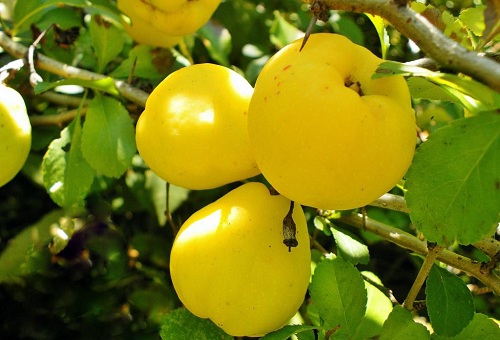
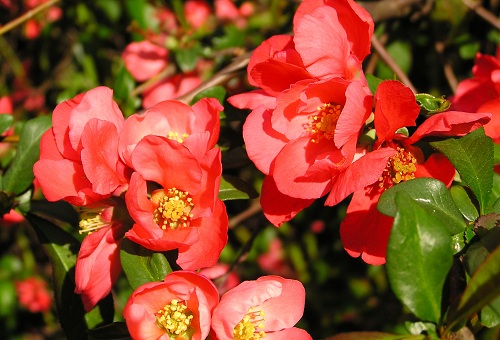

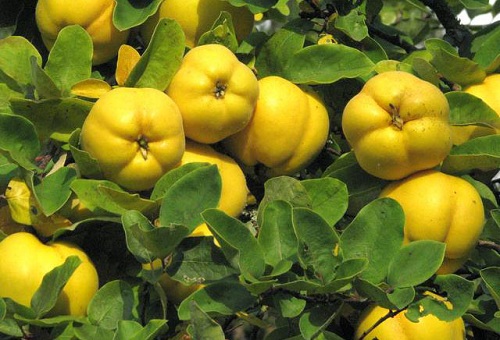
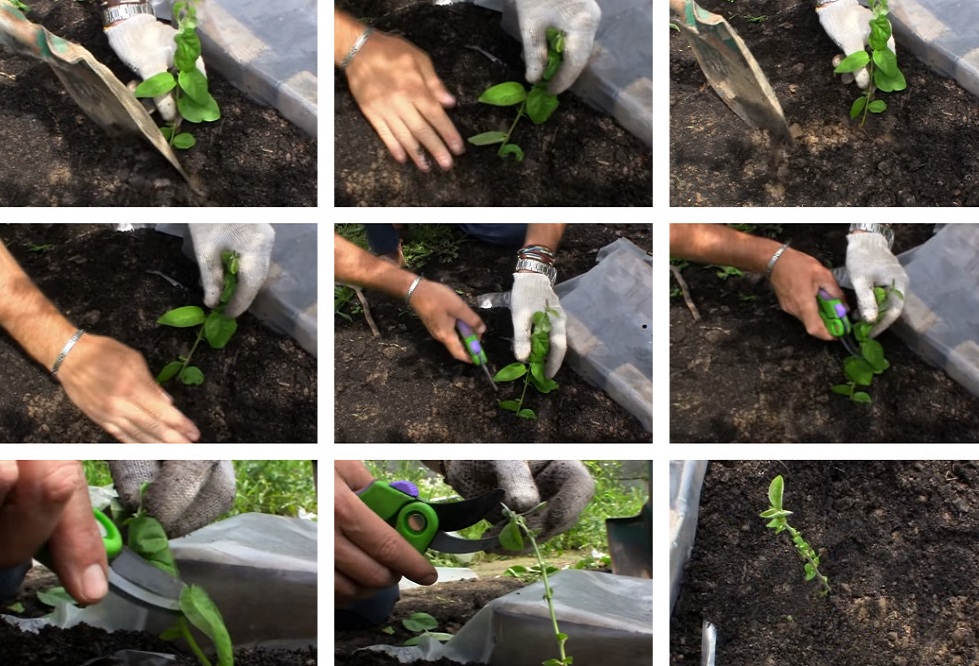
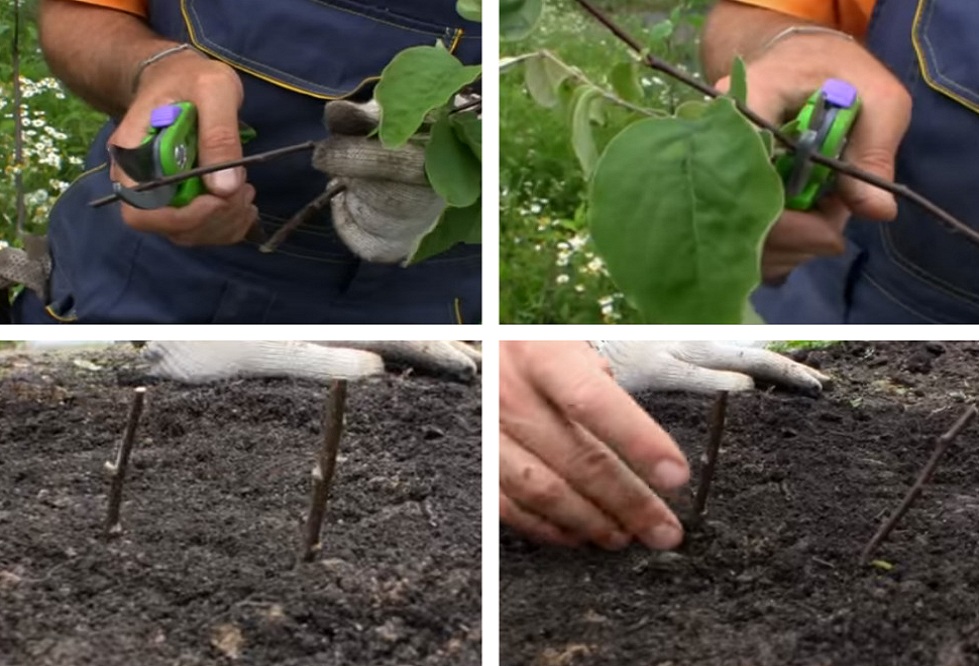
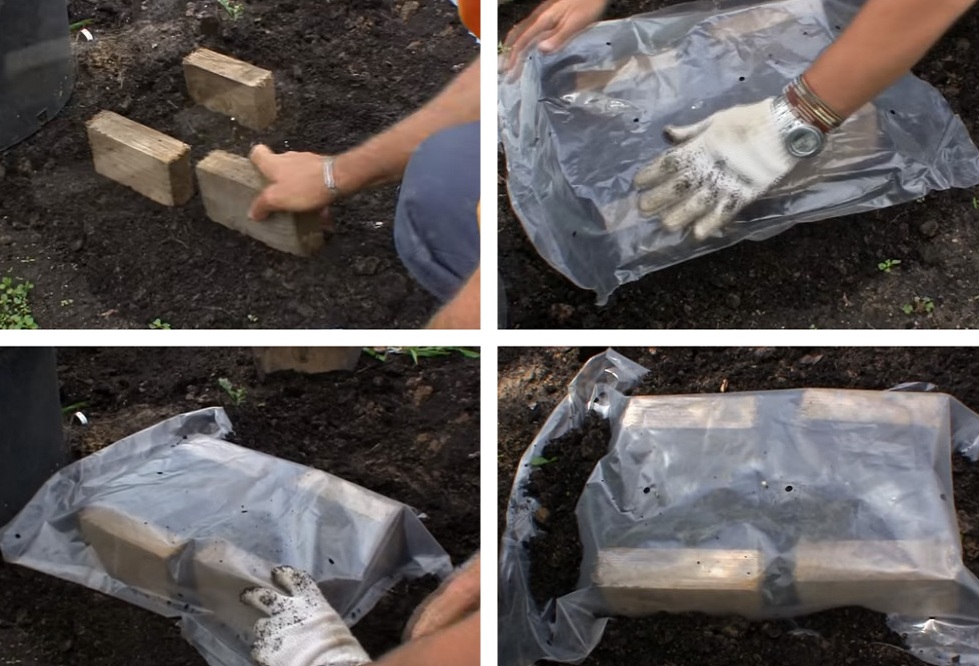
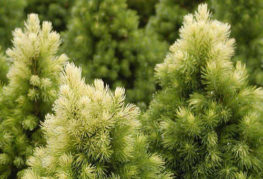
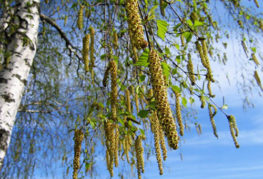
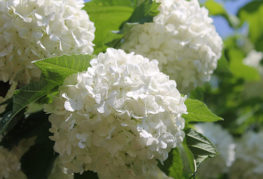
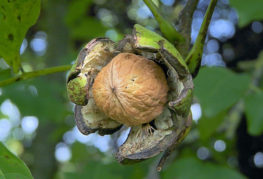
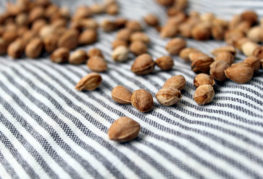
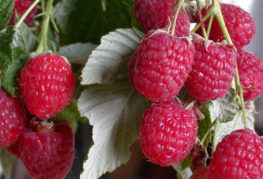
and will be published shortly.